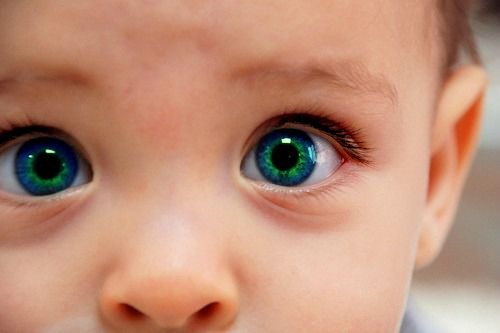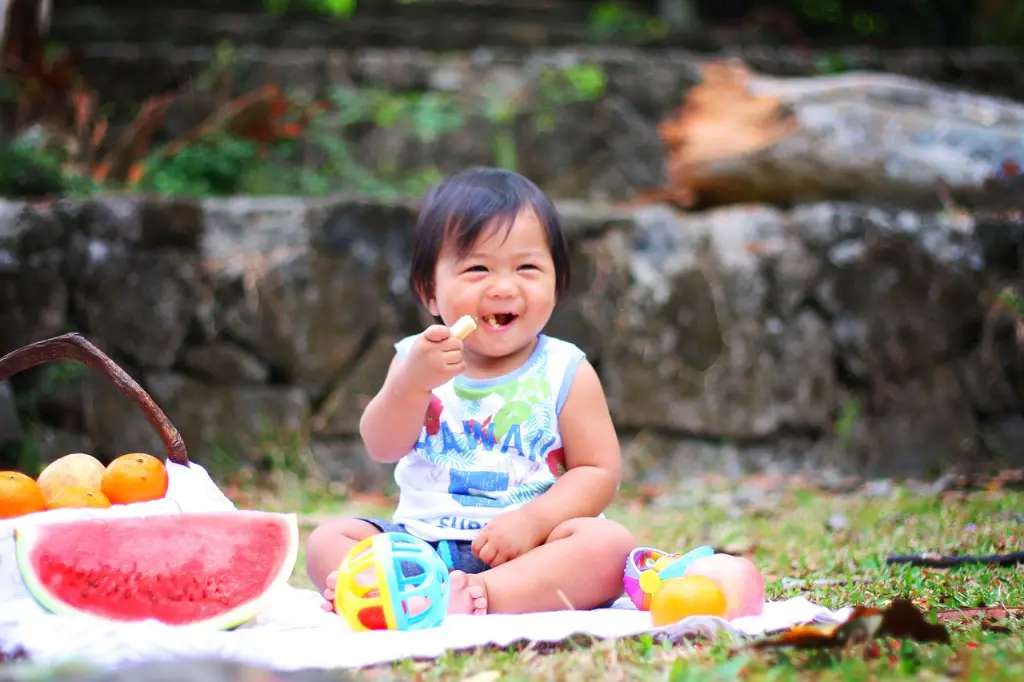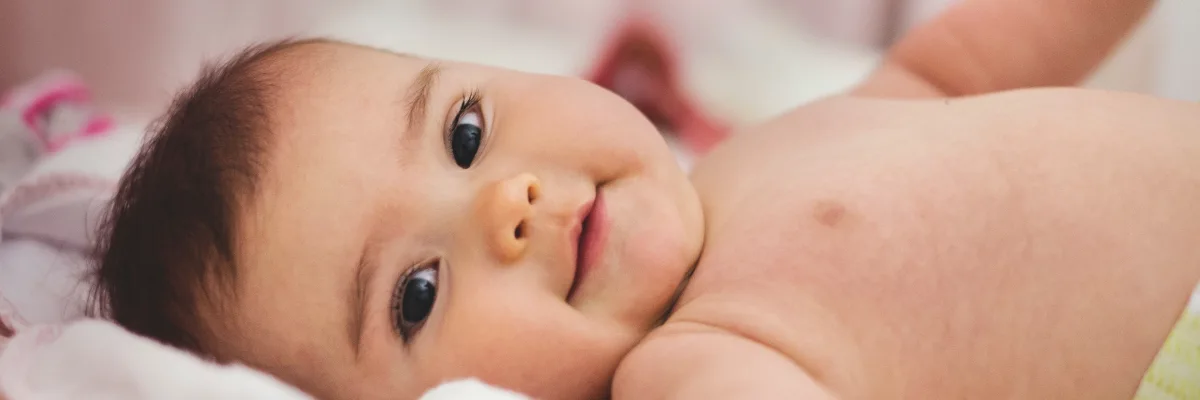When does a baby say its first words, Mama and Dada? When does a baby learn to stand up and walk on its own? Is it normal for an infant to develop stranger anxiety at 9 months? In this quick and easy-to-understand lesson, we review the infant developmental milestones at 1 month, 6 months, 9 months, 12 months, 2 years, 3 years, and 4 years. This lesson includes high-yield USMLE quick take-home points, high yield summaries, and practice test questions/answers on infant developmental milestones.

At 1 month, the baby should reach the following main developmental milestones:
- lift head
- track with eyes
- recognize parents
- coo
Memory Aid: Think of the logic behind the order. Baby lifts its head. Eyes wander and then sees parents! Coos at (parents).
At 6 months, the baby should reach the following main developmental milestones:
- sit up
- raking grasp (using palm and fingers (not usually thumb) to move objects)
- babbles (babble but can’t say Mama/words)
- stranger anxiety (anxious around strangers who are not mama/dada/or familiar caretaker)
At 9 months, the infant should reach the following main developmental milestones:
- walk with assistance
- 3 finger grasp
- Say words like Mama/dada
- Wave bye-bye/patty cake
At 12 months, the infant should reach the following main developmental milestones:
- walk with no assistance
- 2 finger pincer grasp
- Mama/Dada
- Imitate parent
1-year-old who can’t walk is fine, but a 1-year-old who can’t sit up is worrisome.
This is a commonly tested point in USMLE. High-Yield. So if the vignette says a one-year-old is brought into the clinic and has not learned to sit up yet, then there is likely a medical problem!
At 2 years, the baby should reach the following main developmental milestones:
- Climb 2 steps
- 2 word phrases
- Follows 2 step commands
- Can stack 6 blocks (2+2+2=6)
At 3 years, the toddler should reach the following main developmental milestones:
- Ride a tricycle
- Make 3 word sentences (I like you!)
- Brush teeth (think of a 3 multi-layered toothpaste!)
- Draw a circle (3.14)
- Can also draw a face with 3 parts (face, eyes, mouth)
4-year-olds should reach the following main developmental milestones:
- Can hop on one leg (looks like a 4)
- Copy a cross “+” (literally draw a cross)
- Play with kids and have fun!
High-Yield USMLE Points: Infant Developmental Milestones – Summary Table and Mnemonics
| Timeline | Infant Developmental Milestones |
| 1 month | Lift own head Track with eyes Recognize parents Coo |
| 6 months | Sit up Raking grasp (using palm and fingers (not usually thumb) to move objects) Babbles (babble but can’t say Mama/words) Stranger anxiety |
| 9 months | Walk with assistance 3 finger grasp (immature) Say words like Mama/dada Wave bye-bye/patty cake |
| 1 year | Walk with no assistance 2 finger pincer grasp (mature) (pinch yourself) Mama/Dada Imitate parent |
| 2 Years | Climb 2 steps Can say 2 word phrases Follow 2 step commands (Give me!) Can stack 6 blocks (Add up all the above: 2+2+2=6) |
| 3 Years | Ride a tricycle Make 3 word sentences (I like you!) Brush teeth (think of a 3 multi-colored layer toothpaste!) Draw a circle (3.14) Can also draw a face with 3 parts (face, eyes, mouth) |
| 4 Years | Can hop on one leg (looks like a 4) Copy a cross “+” (literally draw a cross) Play with kids and have fun! Draw a Square |

Practice Test Questions: Infant Developmental Milestones
Answers to the practice test questions are at the bottom of this article! Good luck!
© Copyright 2019 Moosmosis – All rights reserved

Please Like our Facebook page to support our open-access youth education initiatives! 🙂
Answers to Practice Test Questions:
- 3 years old! The child is likely 3-years-old because he has reached developmental milestones for 3-year-olds including riding a tricycle and drawing a circle. The fact that he is not yet interested in playing with other kids is indicative that he is likely not a 4-year-old. 4-year-old are more likely to be interested in engaging group play, or playing with other kids, rather than by him/herself.
- Walk with no assistance. At 1 year, the baby ideally should know how to walk no assistance. August is 9 months old, so he/she should have already know how to sit up by him/herself and achieved new milestones, including waving bye-bye, grasping objects with 3 fingers.
Copyright © 2021 Moosmosis: All Rights Reserved
All rights reserved. This essay or any portion thereof may not be reproduced or used in any manner whatsoever without the express written permission of the publisher.














Excellent article!
LikeLiked by 2 people
Reminds me of my baby cousin. He started walking last month. Great essay!
LikeLiked by 2 people
Baby steps 👍Great points
LikeLiked by 2 people
superb
LikeLiked by 2 people
love the article!
LikeLiked by 2 people
Very informative 👍
LikeLiked by 2 people
Thank you so much, Psychology and Mom! 🙂
LikeLiked by 1 person
Excellent essay ❤️👶
LikeLiked by 2 people
Thank you Christy! Happy learning! 🙂
LikeLiked by 1 person